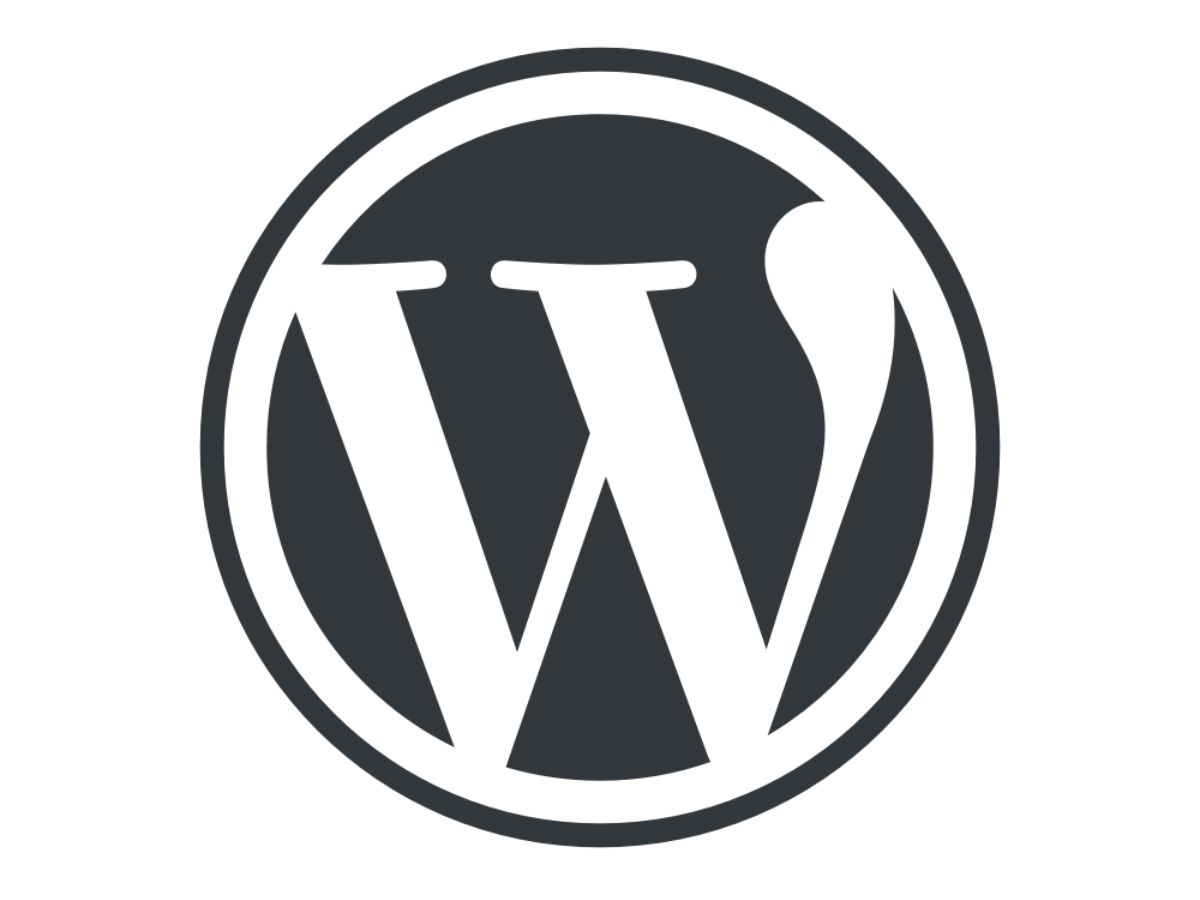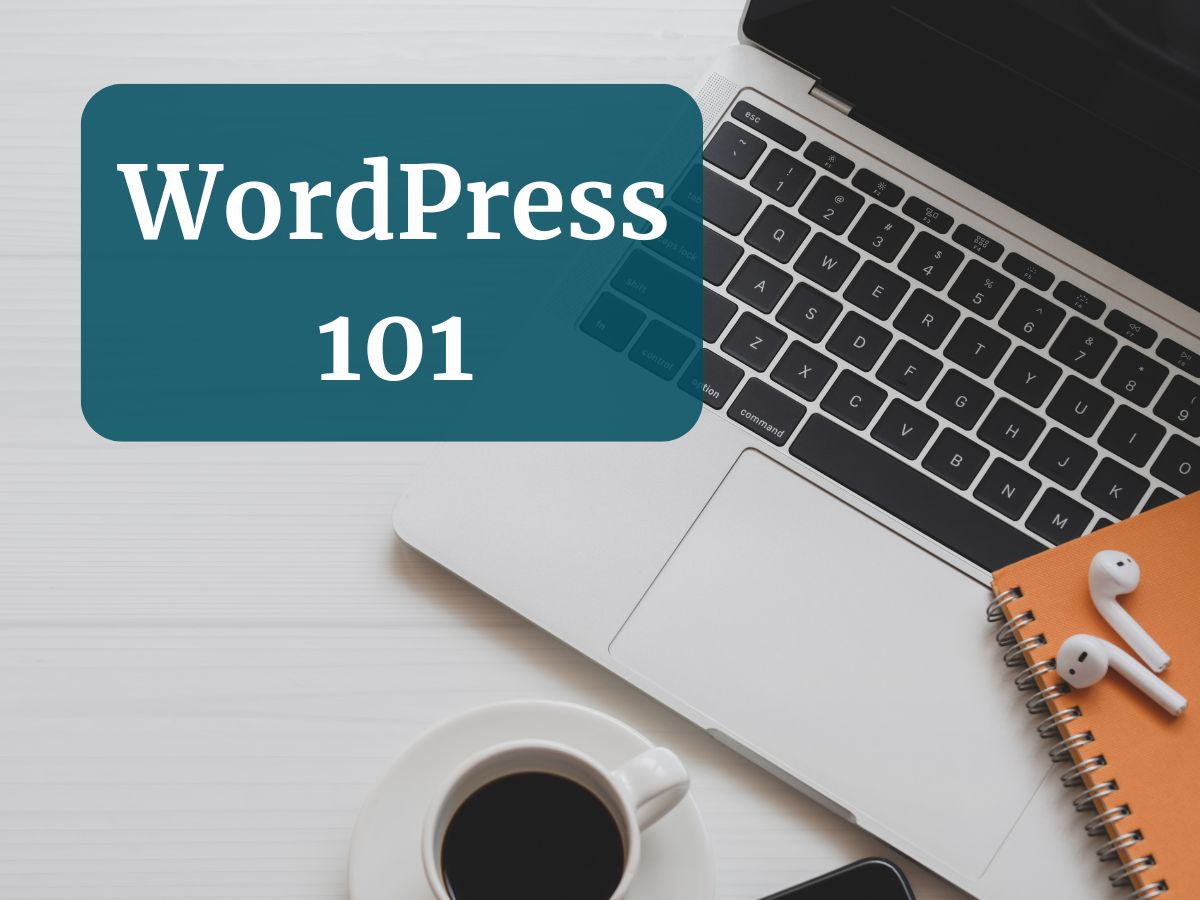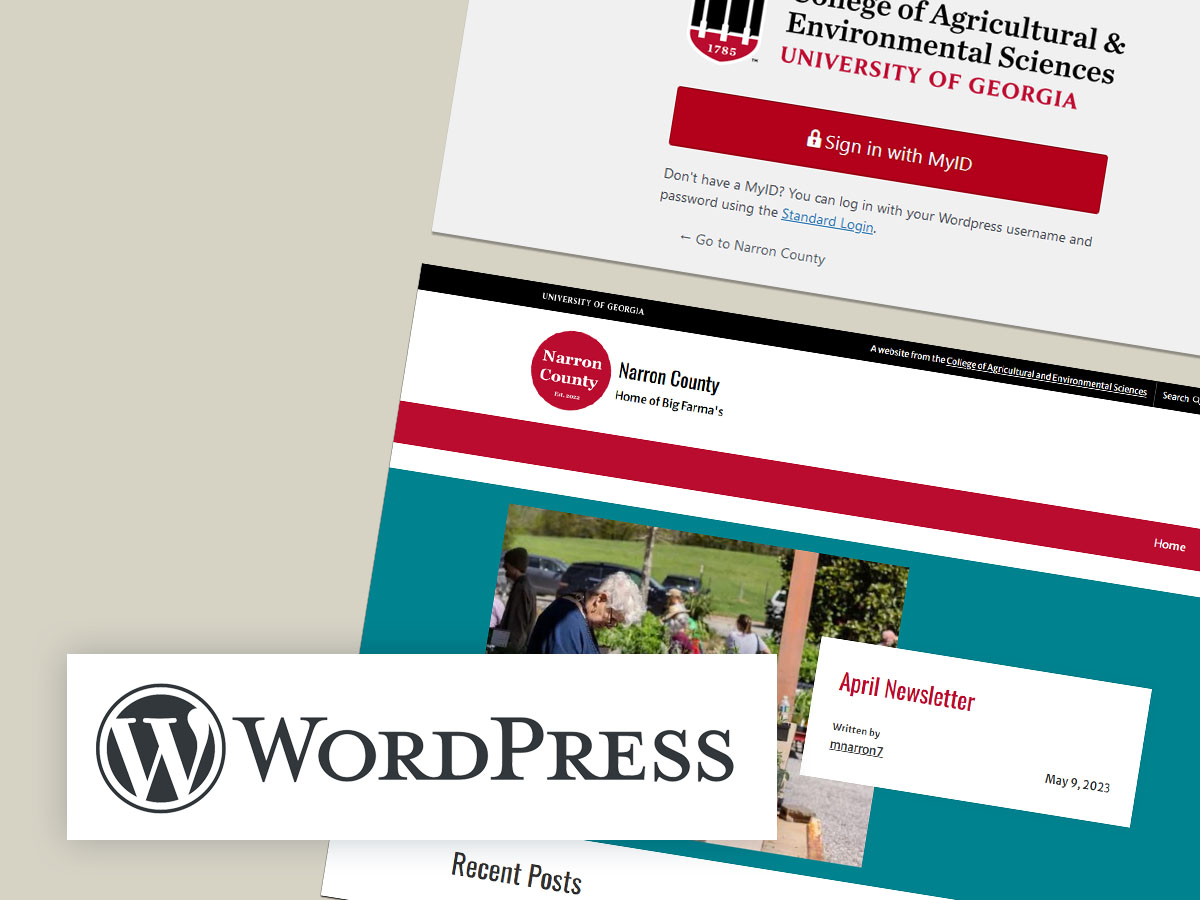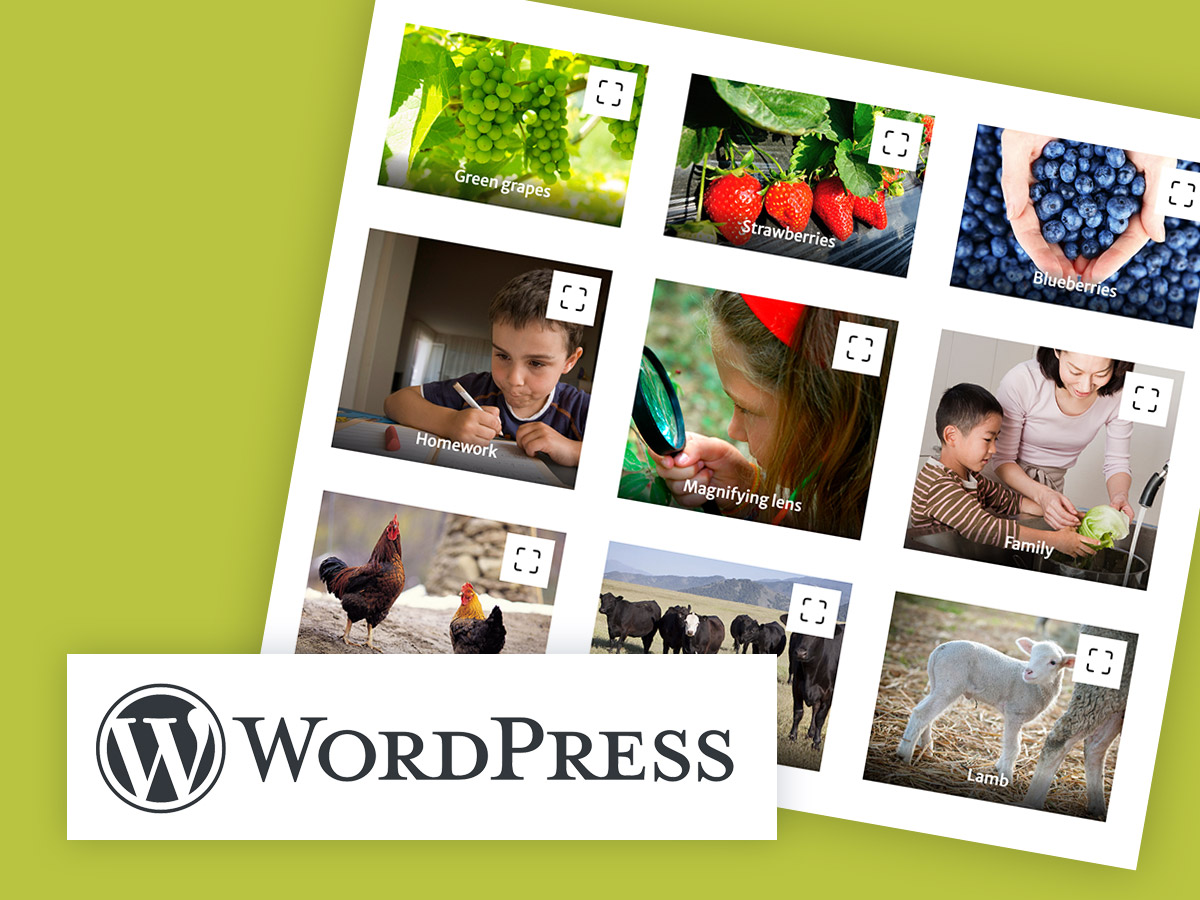WordPress
-

This one-stop handbook provides CAES and UGA Extension website content managers with the resources they need to manage, edit, and publish official websites consistent with the CAES Web Publishing Policy.
-

WordPress is a web content management system used for publishing blogs and websites associated with the College of Agricultural and Environmental Sciences. Learn more about the system and how it is supported by the Office of Information Technology.
-

Required Training WordPress 101 is a required course for all individuals who wish to edit a new or existing CAES or UGA Extension WordPress site. Please note that the Web Accessibility Course is a prerequisite for this course. Sign-up and take the course: For questions on course enrollment, read: How to enroll in self-paced UGA Extension…
-

OIT can help with your grant-funded website by providing advanced guidance on aesthetics, accessibility, customization, usability, structure, SEO, strategy, and more! Contact us for a project bid.
-

Creating a well-organized Table of Contents (TOC) can enhance the readability and navigation of your longer WordPress posts and pages. The CAES Table of Contents block allows you to easily add a TOC to your posts based on the headings you specify. Here’s a step-by-step guide on how to use this block effectively. Inserting the…
Posted in: WordPress -

It’s important to find the right balance between creating visual impact and still putting together a fast and user-friendly web experience. If you care about improving your page load time, increasing your traffic, and elevating your search engine rankings, you need to control your image file sizes.
-

You’ve spent a lot of time setting up a page (or post) in WordPress and love the way it looks. You want to duplicate it without starting from scratch. Get it done with two easy steps!
Posted in: WordPress -

Take time to use tools offered by UGA Extension to promote your county events on your website or blog. Use these suggested steps from the CAES Web Team.
-

WordPress is a CMS (content management system) that allows you to quickly post content to the Web. You can use WordPress to publish both posts (chronological entries that can be tagged and categorized) and pages (static information that is not categorized). Using WordPress’s built-in text editing tools, you can post anything from a simple message…
Posted in: WordPress -

A gallery is a great way to showcase multiple images at once. The best part is that when the user clicks on one of the images, it uses a lightbox to display a larger version of the image or video. The lightbox fills the screen and dims out the rest of the webpage, similar to…
Posted in: WordPress